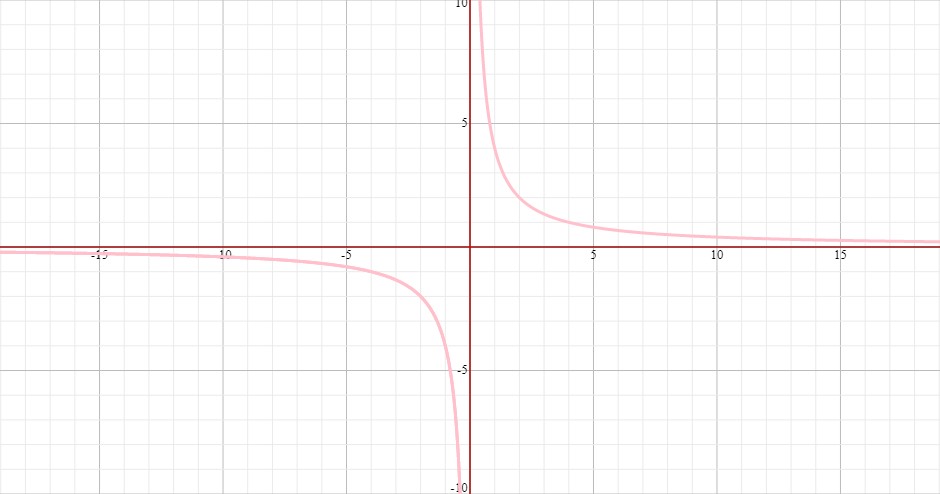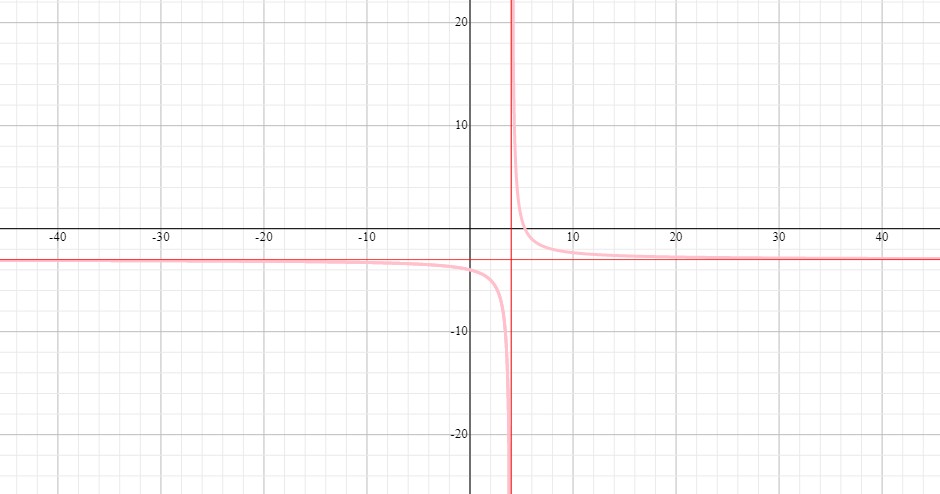What is an equation for the translation y = 4/x that has the given asymptotes. x = 4, y = -3?
2 Answers
Explanation:
.
If you subtract a constant from your
And if you subtract a constant from your
Your original function was
And when

Now, you can see the transformation of

translation of 4 units right
translation of 3 units down
Explanation:
translation of 4 units right
translation of 3 units down
I hope it helps :)

